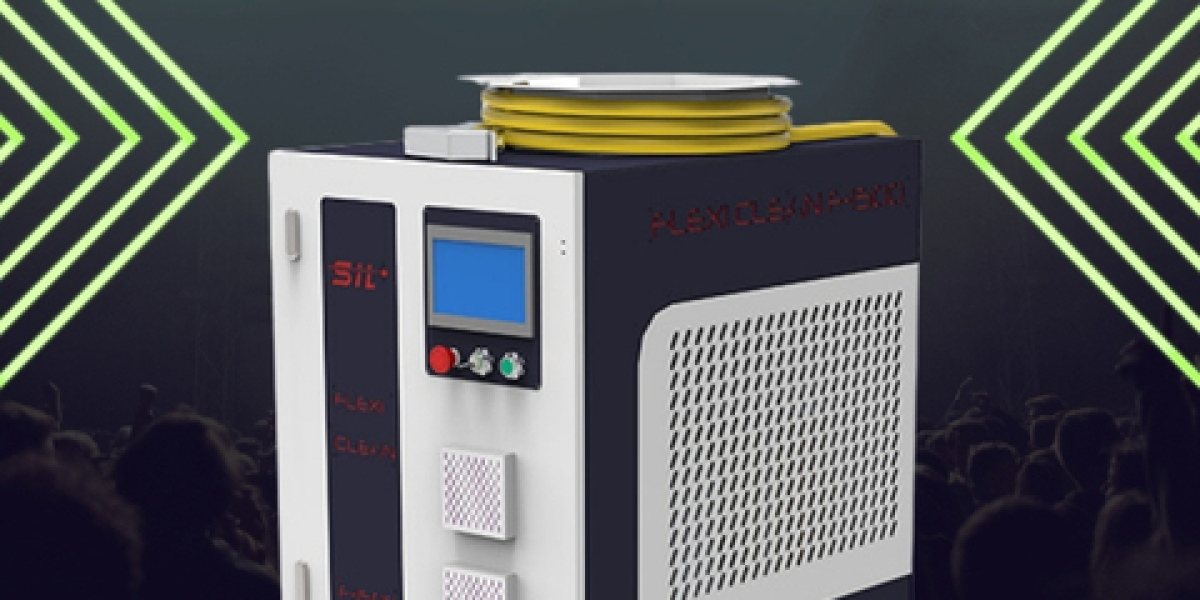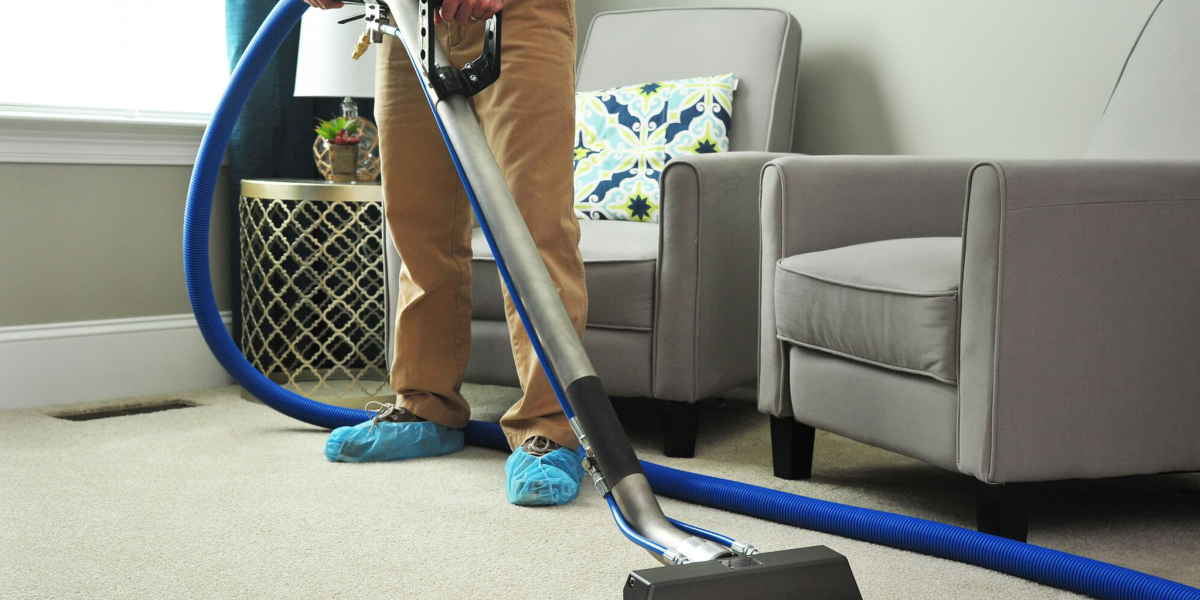A fiber laser cleaning machine operates by using a high-energy laser beam to remove contaminants, coatings, rust, and other unwanted materials from surfaces. Unlike mechanical or chemical cleaning methods, it achieves this without the need for abrasive materials or harmful solvents. The laser interacts with the target material at a microscopic level, evaporating, ablating, or breaking down unwanted layers while leaving the underlying surface intact.
One of the key areas where fiber laser cleaning machines are making a mark is in metal surface preparation. Industries such as automotive, aerospace, and heavy machinery require surfaces free from oxidation, rust, and coatings before processes like welding, painting, or bonding. The precision of fiber laser cleaning ensures that surfaces are prepared without introducing scratches, dents, or other mechanical damage. This level of control contributes to higher quality results in subsequent manufacturing steps.
The adaptability of fiber laser cleaning machines extends to a wide variety of materials beyond metals. They are increasingly used in the maintenance of stone, glass, and ceramics, as well as in the restoration of historical artifacts. For conservators, the ability to remove dirt, corrosion, or old coatings from delicate surfaces without chemical intervention is a game-changer. In such contexts, the non-contact and controlled nature of the laser provides a level of safety and precision unattainable with traditional cleaning tools.
Operational efficiency is another critical aspect of fiber laser cleaning machines. Modern systems can be integrated into production lines, allowing for continuous operation without frequent interruptions. The automation potential reduces labor intensity while ensuring consistent results. Industries handling large-scale production or heavy-duty maintenance can particularly benefit from this level of repeatability and speed, minimizing downtime and maximizing throughput.
Safety and environmental impact are important considerations in industrial operations, and fiber laser cleaning machines address both concerns. By eliminating the need for chemical cleaners or abrasive blasting materials, they reduce exposure to hazardous substances for operators. Additionally, the process produces minimal waste, with debris often collected and contained in a controlled manner. This aligns with growing regulatory and corporate focus on environmentally responsible manufacturing practices.
Maintenance and longevity of fiber laser cleaning machines are also notable. Fiber lasers are known for their long operational life, high reliability, and minimal upkeep requirements. The solid-state nature of the technology allows systems to perform for thousands of hours with limited servicing. For industrial operations, this translates to lower total operational costs and reduced interruptions compared to traditional cleaning systems that may require frequent replacement of consumables or chemical supplies.
The precision control offered by fiber laser cleaning machines extends to complex geometries and hard-to-reach areas. Surfaces with intricate designs or tight spaces can be cleaned effectively, which is often a challenge with manual or abrasive methods. This capability makes them ideal for sectors where detail-oriented cleaning is critical, such as electronics manufacturing or mold maintenance.
In addition to industrial applications, fiber laser cleaning machines are being explored for innovative uses in emerging technologies. They are being utilized in additive manufacturing, where precise surface cleaning before and after printing ensures optimal adhesion and quality. Similarly, in the maintenance of high-tech equipment, these machines help in removing residues that could compromise performance, providing a level of care that prolongs equipment lifespan.
Adoption of fiber laser cleaning machines also reflects a shift toward digital and automated industrial practices. Many systems now feature programmable control, integration with robotics, and real-time monitoring of cleaning parameters. Operators can tailor cleaning intensity, speed, and coverage according to specific requirements, optimizing performance for each task. This level of control reduces the likelihood of human error and ensures predictable results across multiple applications.
In terms of economic impact, fiber laser cleaning machines can offer cost efficiency over time. By reducing dependency on chemicals, abrasive materials, and manual labor, industries can realize savings while maintaining high-quality output. The precision of the laser ensures minimal rework or surface damage, which also contributes to overall cost-effectiveness. While the initial investment may be significant, the long-term operational benefits often outweigh upfront costs.
Overall, the fiber laser cleaning machine represents a convergence of technology, efficiency, and sustainability. Its ability to clean surfaces with precision, protect underlying materials, and reduce environmental impact makes it an attractive solution for modern industrial needs. As industries increasingly demand high-quality, reliable, and eco-friendly solutions, fiber laser cleaning machines are positioned to play a central role in the evolution of surface preparation and maintenance processes.
Final Thoughts
The fiber laser cleaning machine is more than a tool—it is a technological advancement redefining how industries approach cleaning and maintenance. Its precision, efficiency, and versatility allow it to serve a wide array of applications while supporting environmentally conscious and cost-effective operations. For businesses and professionals seeking reliability, quality, and modern solutions, embracing fiber laser cleaning technology is a step toward the future of industrial surface preparation.

















